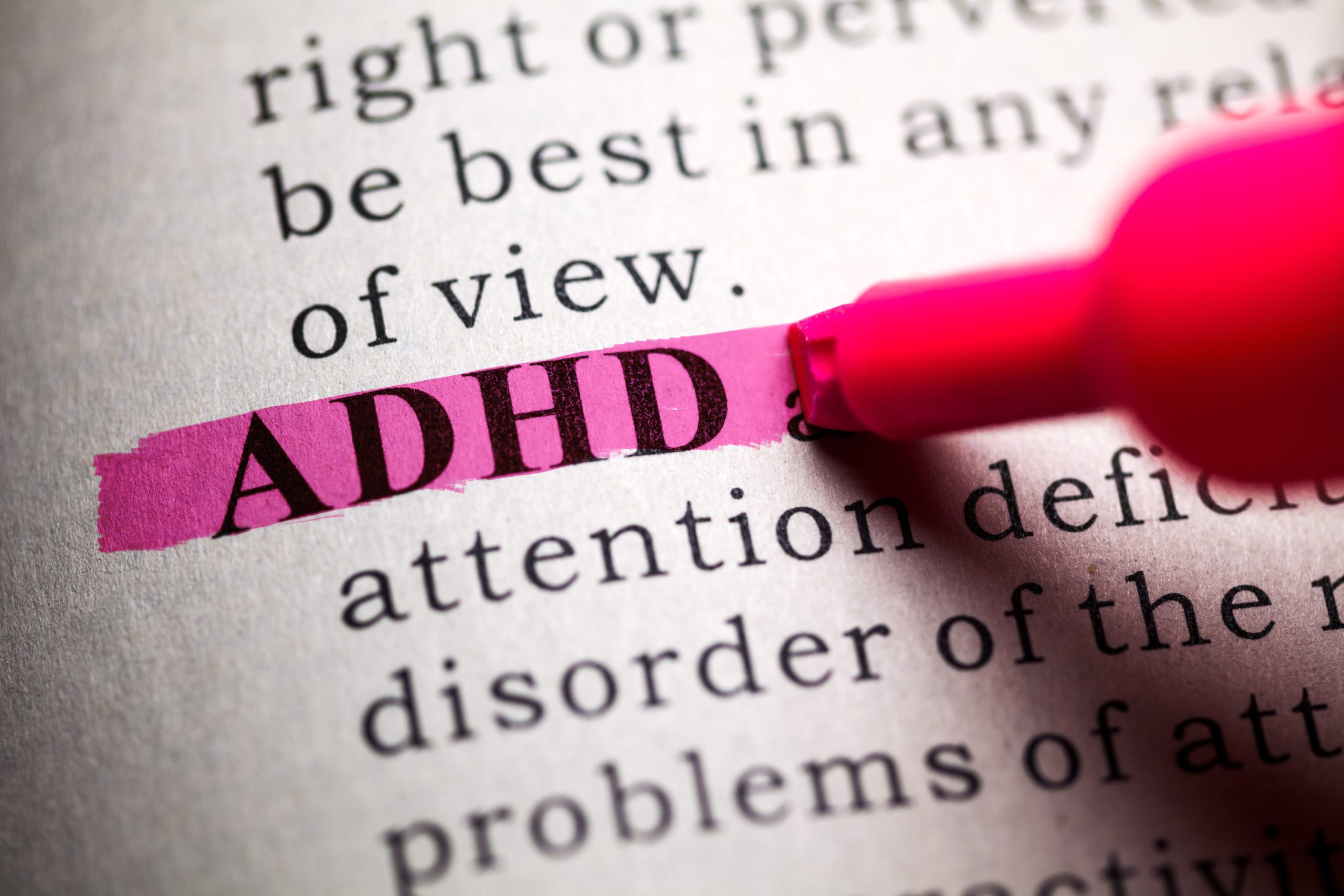BLOG
Do ADHD and autism qualify as a disability? | Understanding the Equality Act 2010 and new case law
Written on 14 July 2025

When an employee discloses that they have ADHD or autism, many employers find themselves asking: Is this classed as a disability? The answer matters – not just in principle, but in law.
Under the Equality Act 2010, employees are protected from discrimination, harassment, and victimisation if they meet the legal definition of being disabled. Crucially, this also places a duty on employers to make reasonable adjustments – for example, allowing flexible working hours, reducing sensory stimuli, or adjusting performance expectations to remove workplace barriers.
But not all health conditions automatically qualify. While some, such as cancer or multiple sclerosis, are explicitly recognised as disabilities under the Act from the moment of diagnosis, others – like ADHD and autism – aren’t named in the legislation. This has led to uncertainty and, in some cases, legal disputes over whether an individual’s neurodivergent condition meets the threshold for protection.
A recent case in the Employment Appeal Tribunal has provided valuable guidance on this issue, and will be of particular interest to employers navigating how to support neurodivergent applicants and employees.
How does the Equality Act 2010 define disability?
Section 6 of the Equality Act 2010 defines a disability as “a physical or mental impairment that has a substantial and long-term adverse effect on a person’s ability to carry out normal day-to-day activities”.
- A physical or mental impairment can include conditions such as depression, anxiety, autism, and ADHD.
- Substantial means the effect must be more than minor or trivial.
- To be considered long-term, the condition must have lasted, or be likely to last, at least 12 months.
- Day-to-day activities are things people do on a regular basis – communicating with others, following instructions, coping with change, travelling, concentrating, etc.
Importantly, it’s not the label or diagnosis that triggers protection under the Act, but the impact the condition has on a person’s ability to function in everyday life. For example, two people might both be diagnosed with arthritis, but while one experiences mild, manageable symptoms, the other may have severe pain and limited mobility that affects their ability to carry out everyday tasks. Only the latter may meet the legal definition of disability.
Do you need support?
Speak to us for an honest, no obligation chat on:
0345 226 8393 Lines are open 9am – 5pm
Do ADHD and autism count as disabilities at work?
Because ADHD and autism aren’t listed conditions under the Equality Act, the legal protection they attract depends on the specific effects they have on the individual. This means Tribunals must examine each case on its own merits, looking at how the person is impacted – not simply whether they have a diagnosis.
While employers may feel more comfortable having a formal diagnosis to rely on, it’s important to acknowledge that getting one can be incredibly difficult. In England, the average waiting time for an adult ADHD assessment is around 12 to 18 months, and for autism, many adults wait over two years for a diagnosis.
Diagnosed or not, recent legal commentary is moving towards a broader recognition that neurodevelopmental conditions like ADHD and autism can, and often do, meet the legal definition of disability.
A recent example is the Employment Appeal Tribunal’s decision in Stedman v Haven Leisure Ltd – a case that could shape how future claims involving these conditions are assessed.

Stedman v Haven Leisure: The role of diagnosis in disability discrimination claims involving ADHD and autism
Mr Stedman applied for a seasonal role as an Animation Host with Haven Leisure. He disclosed that he had been diagnosed with autism and ADHD. After his application was unsuccessful, he brought a claim for disability discrimination.
Before deciding whether Mr Stedman had been subjected to disability discrimination, the court first needed to address a key preliminary question: was he legally considered disabled at the time of the alleged discrimination? Establishing this was essential because, again, the protections under the Equality Act 2010 only apply if the claimant meets the legal definition of disability.
The original Employment Tribunal concluded that he was not. Although it accepted that he had a mental impairment, it found that it didn’t have a “substantial adverse effect” on his ability to carry out normal day-to-day activities. The Tribunal pointed to the fact that Mr Stedman had completed a degree, performed in public, and managed various aspects of daily life.
However, the Employment Appeal Tribunal (EAT) disagreed. It found that the original Tribunal had misapplied the legal test and had fallen into several common traps.
Key legal points from the EAT’s decision:
- You only need one substantial adverse effect. The Act doesn’t require a person to be severely impacted across the board – just in one day-to-day activity.
- No balancing act. The Tribunal had wrongly weighed Mr Stedman’s difficulties in some areas against his strengths in others. That’s not permitted; an impairment doesn’t have to be debilitating in all areas to count.
- The correct comparison is the person with vs without the impairment. The Tribunal had assessed Mr Stedman’s difficulties in comparison to “most people”, rather than considering how he, personally, would function without his conditions.
- A diagnosis can help demonstrate substantial impact. In a significant observation, the EAT noted that a clinical diagnosis of ADHD or autism typically involves a clinician concluding that the individual has significant functional difficulties – so that diagnosis can be useful evidence of both impairment and substantial impact.
The case was sent back to a new Tribunal for reconsideration.
5 key takeaways for employers
Neurodivergence can qualify as a disability
ADHD and autism are not automatically classed as disabilities under the Equality Act, but their associated challenges – such as difficulties with concentration, communication, flexibility, sensory processing, and emotional regulation – can substantially impact daily life and meet the legal definition of disability.
A formal diagnosis carries important weight
While a diagnosis alone doesn’t guarantee legal disability status, it provides valuable insight into how the individual functions and should not be dismissed as just a label. That said, it’s also important to recognise that obtaining a formal diagnosis can be difficult, and employers and Tribunals shouldn’t rely solely on this to determine disability.
Reasonable adjustments may be required from the recruitment stage
The duty to avoid discrimination and provide reasonable adjustments applies from the first point of contact with your organisation, including during job applications and interviews – not just once someone becomes an employee.
Assessment must focus on the individual’s lived experience
Tribunals and employers must look at how the condition affects the person’s day-to-day functioning, rather than judging based on outward appearance or perceived success.
Focus on understanding challenges and fostering inclusion
Instead of trying to measure “how disabled” someone is, employers should prioritise understanding individual challenges, offering reasonable adjustments, and building an inclusive culture that enables everyone to perform at their best.
Related Content
Dealing with an issue in your workplace? Concerned about discrimination claims?
WorkNest’s experts can help you understand your duties under the Equality Act, avoid legal pitfalls, and navigate reasonable adjustments confidently, ensuring your people are supported and your organisation is protected.
Get in touch for tailored advice. Call 0345 226 8393 or request your free consultation using the button below.




